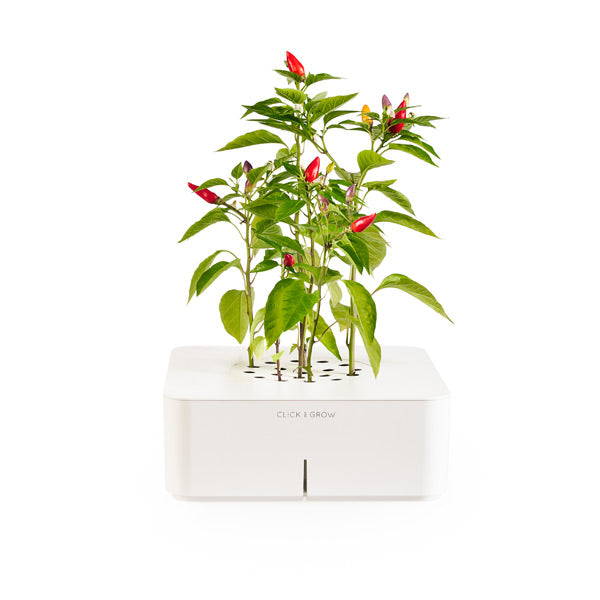
Photo: Golden rice vs white rice. UBC
Before we jump into anything, let's make one thing clear: Click & Grow DOES NOT use genetically modified seeds or organisms in our products. The following is a scientific view on the processes taking place in nature and plant breeding.
We have always been dependent on plants. In big picture, absolutely everything in our lives has more or less been made possible because of them. It also means that we are pretty good at draining this resource. If the population keeps growing at the same speed as now, then by 2050 we'll need 75% more food to survive. With natural resources not being able to pick up with our consumption habits, we have to find new ways to produce food cheaper and more efficiently. By now the best-found solution is to recombine the genetic codes of the plants to create stronger, hardier, better (and cheaper) offsprings. It might sound artificial, but it's actually what often happens in nature, and even the hated/loved GMO methods are inspired by this natural recombination aka traditional breeding methods. Here's how it happens.










